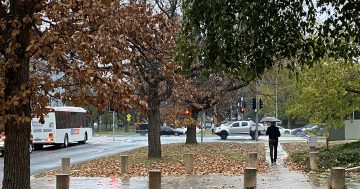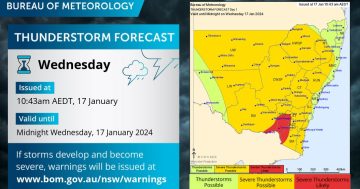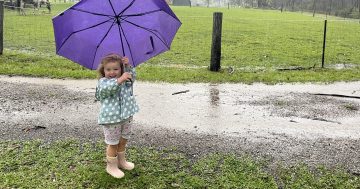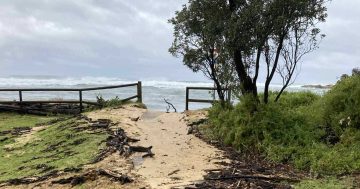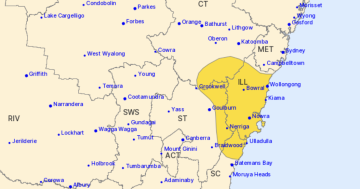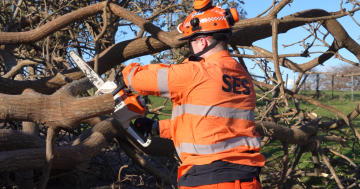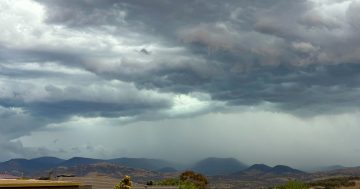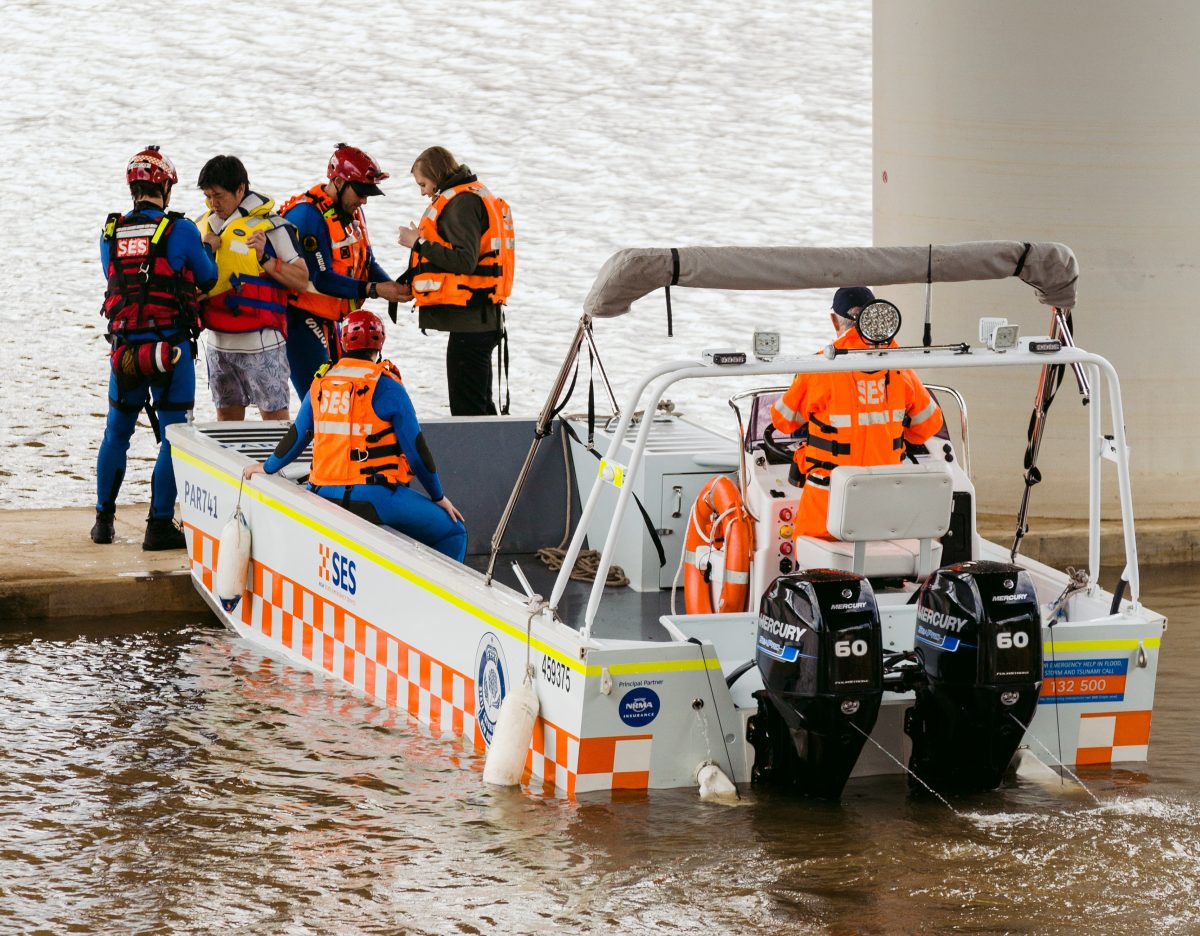
NSW SES has been preparing for another busy storm season, which officially lasts from October to March. Photo: NSW SES Media.
Our already soaked water tables have authorities warning of a “heightened risk” of both riverine and flash flooding this storm season.
More than 50,000 calls for help were taken by the NSW State Emergency Service (SES) last season, and a similar number is expected this time around.
NSW SES Commissioner Carlene York said the service had been working closely with the Bureau of Meteorology to prepare for this season, even before the third La Nina in a row was officially declared.
“We have increased our training, we’ve got more call take operators, we’ve got more flood rescue operators, we’ve pre-positioned our boats, we’ve had a number of discussions with the ADF about their availability to assist if and when the severe flooding comes, we’ve pre-positioned aviation assets across the state as well,” she said.
But volunteers are only part of the puzzle.
Commissioner York said the community had an important role to play in making sure they were safe before storms gathered on the horizon.
“Make sure you have an emergency kit if you are in areas of risk, and remember that your animals and farm animals also need to be protected, and you need to give yourself plenty of time to make sure that they’re placed in a position of safety,” she said.
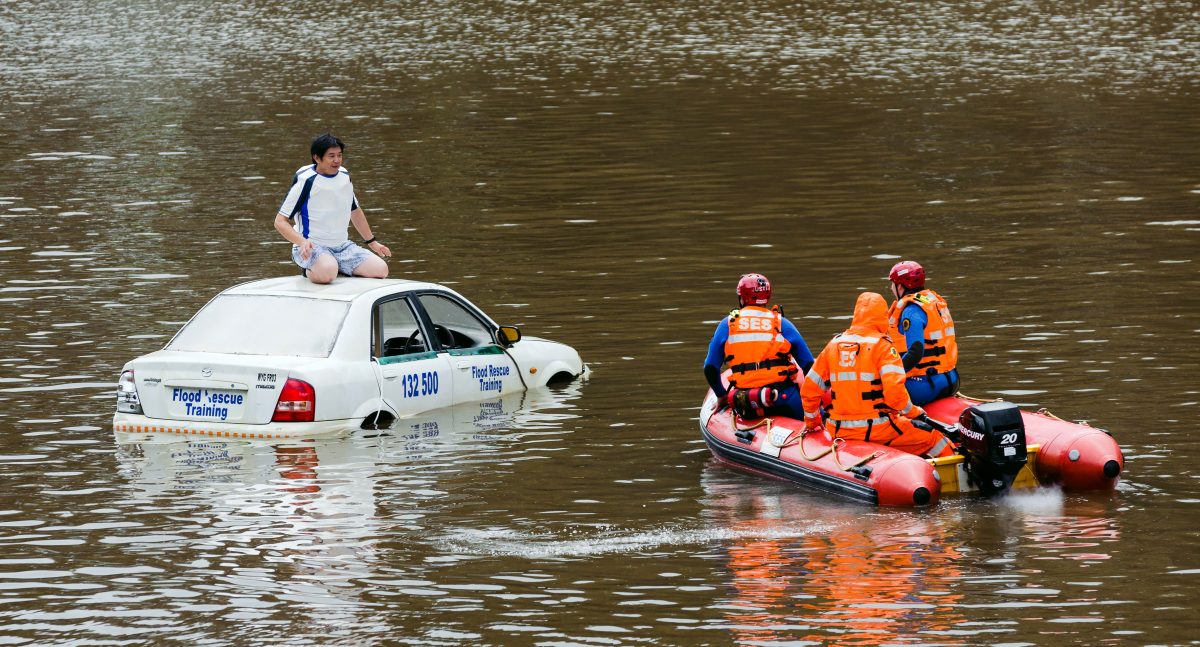
Everyone was reminded that ‘if it’s flooded, forget it’ as the storm season officially began. Photo: NSW SES Media.
People driving across flooded roads are of particular concern.
Commissioner York warned it only took 18 inches of water to lift a car and move it, and it could also conceal hazards such as trees, animals and eroded surfaces.
She said it was disappointing when people didn’t heed warnings and made decisions which resulted in volunteers having to risk their own lives to rescue them.
“People do make their decisions based on historical events … but I think over the last 18 months to two years we’ve seen record-breaking floods all across the state and no two floods are the same,” Commissioner York said.
“It’s extremely important to remember if you see flooded waters across the road in front of you that you turn around and take another route.
“Don’t make the decision to put you or any other member of your family or friends in the vehicle at risk by driving through floodwaters.”
Bureau of Meteorology meteorologist Gabrielle Woodhouse warned wetter than average conditions were forecast for the coming storm season.
She explained this led to a “heightened risk” of flooding, with our catchments already saturated.
“It’s likely any rainfall that we see will run off much more quickly, and this means you have a much greater risk of seeing flash flooding,” Ms Woodhouse said.
“Flash flooding is very, very dangerous, it can happen in a matter of minutes that you’ll see that water come up.
“It’s not confined to just being near river systems and creeks, it can happen pretty much anywhere.”
She reminded the community they could download the Bureau of Meteorology app on their phones to receive notifications when severe weather and thunderstorm warnings were issued.







